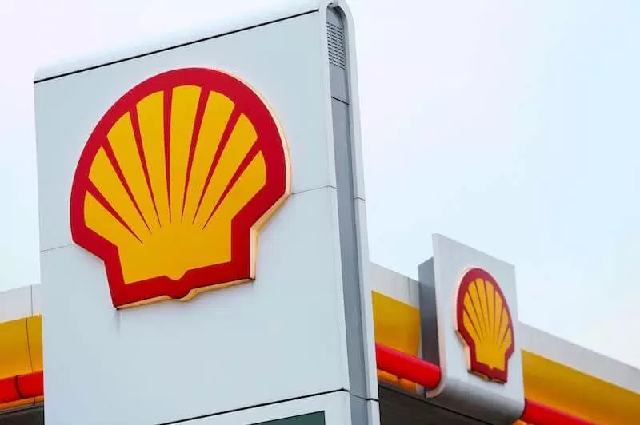International oil company, Shell has said its flaring of gas from oil fields in Nigeria dropped by 80 per cent between 2010 and 2019.
It stated this in its 2019 Sustainability Report where it also revealed that its contribution to global greenhouse gas emission increased from 5.2 million tonnes of carbon dioxide equivalent in 2018 to 5.9 million tonnes in 2019.
This also followed a recent disclosure by the Nigerian National Petroleum Corporation (NNPC) that oil companies in the country flared a total of 266.25 billion cubic feet (bcf) of gas between December 2018 and December 2019.
In the report, Shell stated that its investment in gas gathering facility in Nigeria helped it to reduce gas flare in its operations within the country.
“In Nigeria, investments since 2010 by the Shell Petroleum Development Company of Nigeria Ltd Joint Venture aimed at capturing associated gas and commercialising it through domestic and export markets have decreased routine flaring by around 80 per cent between 2010 and 2019.
“These investments include gas-gathering projects in Oloma, Adibawa and Otumara. Two key gas-gathering projects, Southern Swamp and Forcados Yokri, identified for work in 2019, have been delayed and are currently expected to be completed in 2020,” Shell revealed further in the report.
It stated that it was, “working to reduce flaring, which wastes valuable resources and contributes to climate change,” in the world, adding, “flaring is used to safely dispose of hydrocarbons that could pose a hazard to workers, nearby residents and facility equipment during non-routine occurrences.
These occurrences include start-ups, maintenance turnarounds and power failures where production system pressure must be safely relieved.”
According to the multinational, gas produced alongside oil, known as associated gas, may also be flared when there are insufficient or no facilities to gather the gas.
It, however, stated that in 2019, around 25 per cent of flaring took place at such facilities that it has which resulted to a decrease from around 40 per cent in 2018.
“As a signatory to the World Bank’s Zero Routine Flaring by 2030 initiative, we continue to pursue our 2015 commitment to eliminate associated gas flaring at facilities,” Shell stated.
Further on its gas flaring performance within the period under review, it stated that: “Flaring of gas in our upstream and integrated gas businesses contributed around 8 per cent to our overall direct greenhouse gas emissions in 2019. Flaring increased to 5.9 million tonnes of carbon dioxide equivalent in 2019 from 5.2 million tonnes of carbon dioxide equivalent in 2018.”
It attributed the increase in 2019 to an unanticipated spike in flaring during the start-up of its Prelude floating liquefied natural gas facility in Australia.
According to it: “We subsequently improved controls, and monthly flaring rates at Prelude fell by more than 60 per cent as the facility moved towards stable operations.
“In Australia, Shell affiliate QGC Pty Limited’s upstream coal-seam gas facilities also reduced flaring by 80 per cent in 2019 compared with 2018. In the USA, flare reduction continued at our Permian unconventional oil facilities, while in Qatar our Pearl gas-to-liquids plant reduced its greenhouse gas emissions from flaring by more than 25 per cent in 2019 compared with 2018.”
Meanwhile, the NNPC in its December 2019 monthly operations and financial report, noted that the total volume of gas produced in the country between December 2018 and December 2019 was 3,105.48bcf out of which 466bcf and 1,369.90bcf were commercialised for the domestic and export market respectively while re-injected, fuel and flared gas was 1,269.59 bcf. 266.25bcf of the non-commercialised gas volume was however flared.
Source: THISDAY













